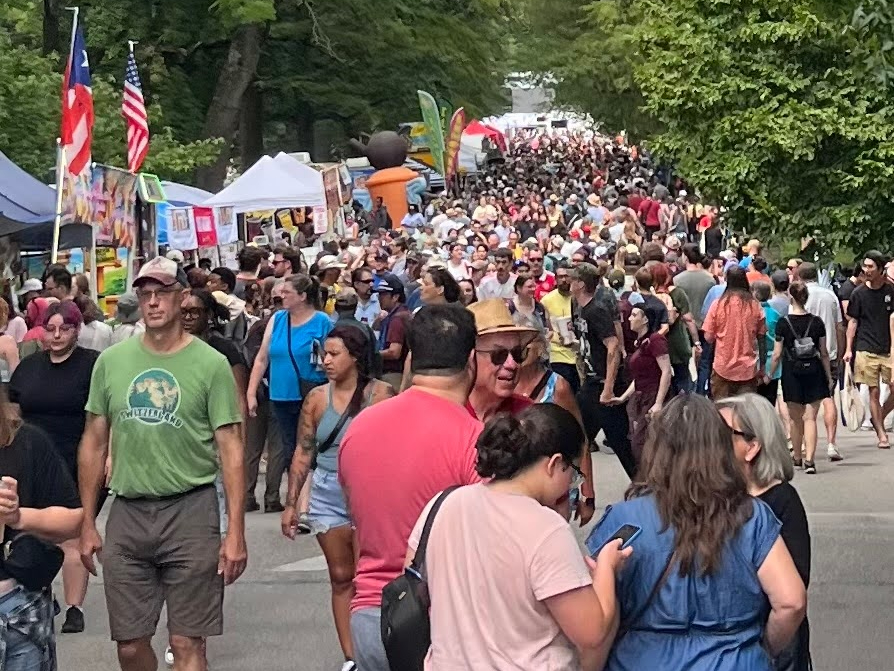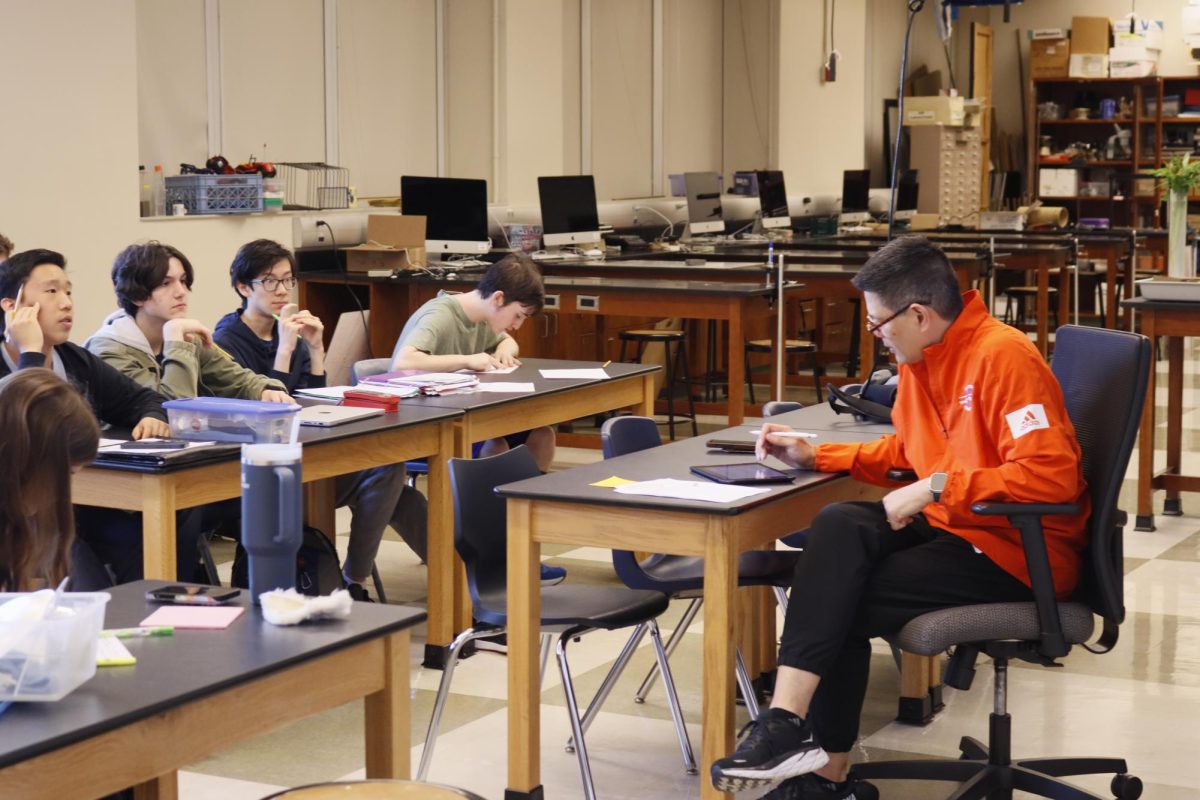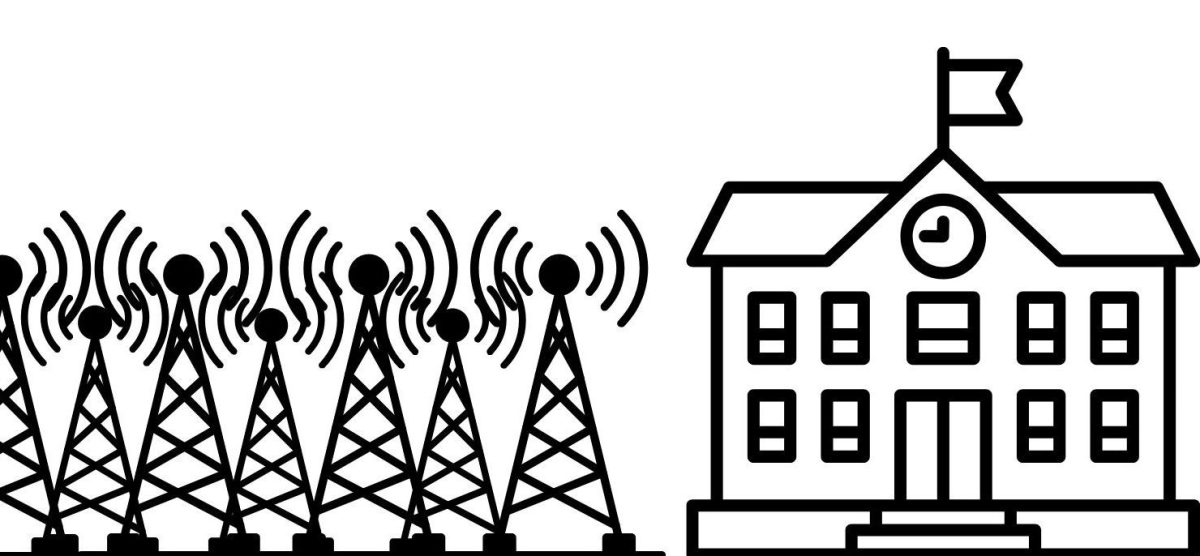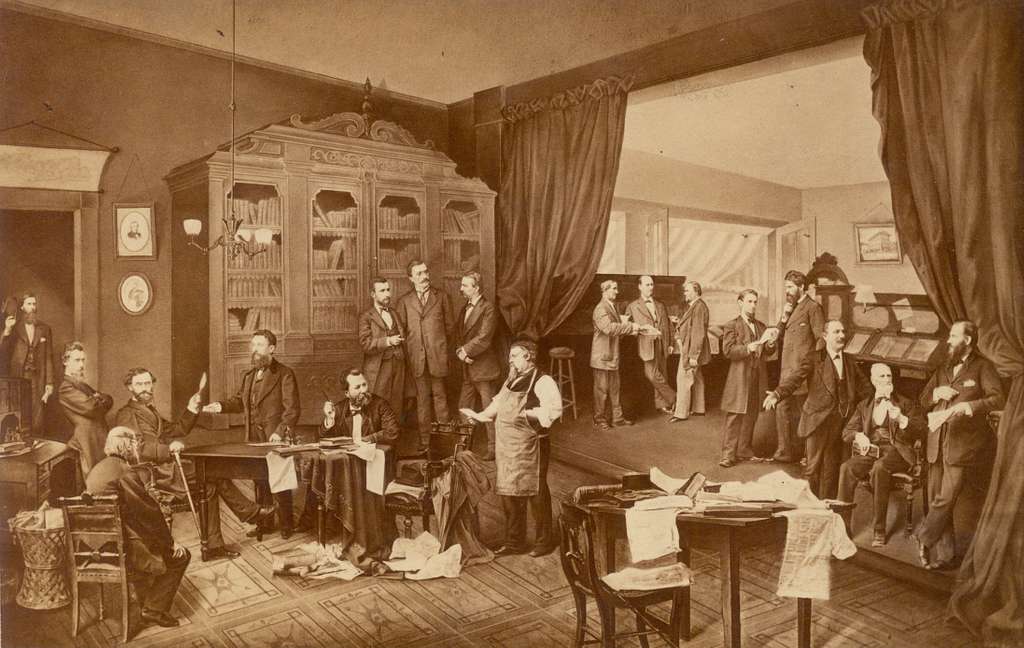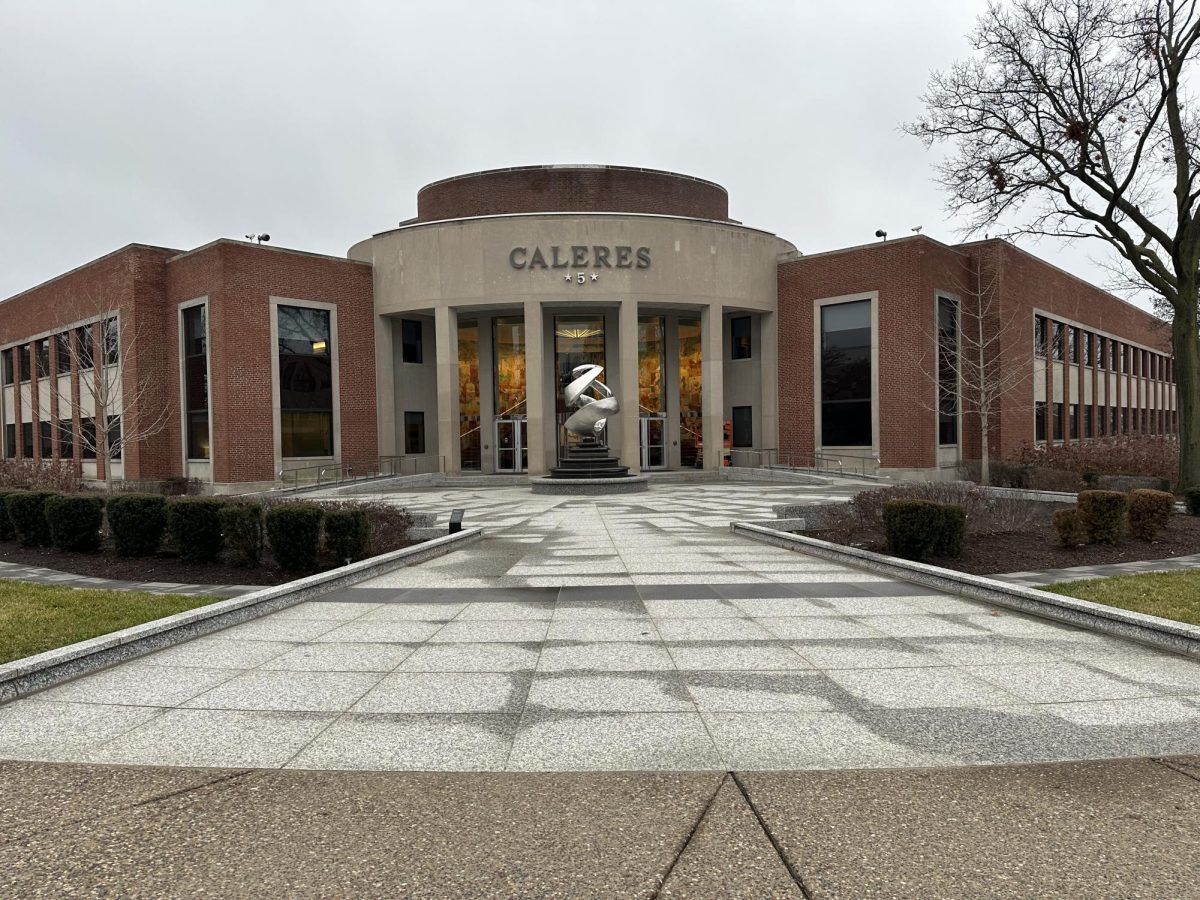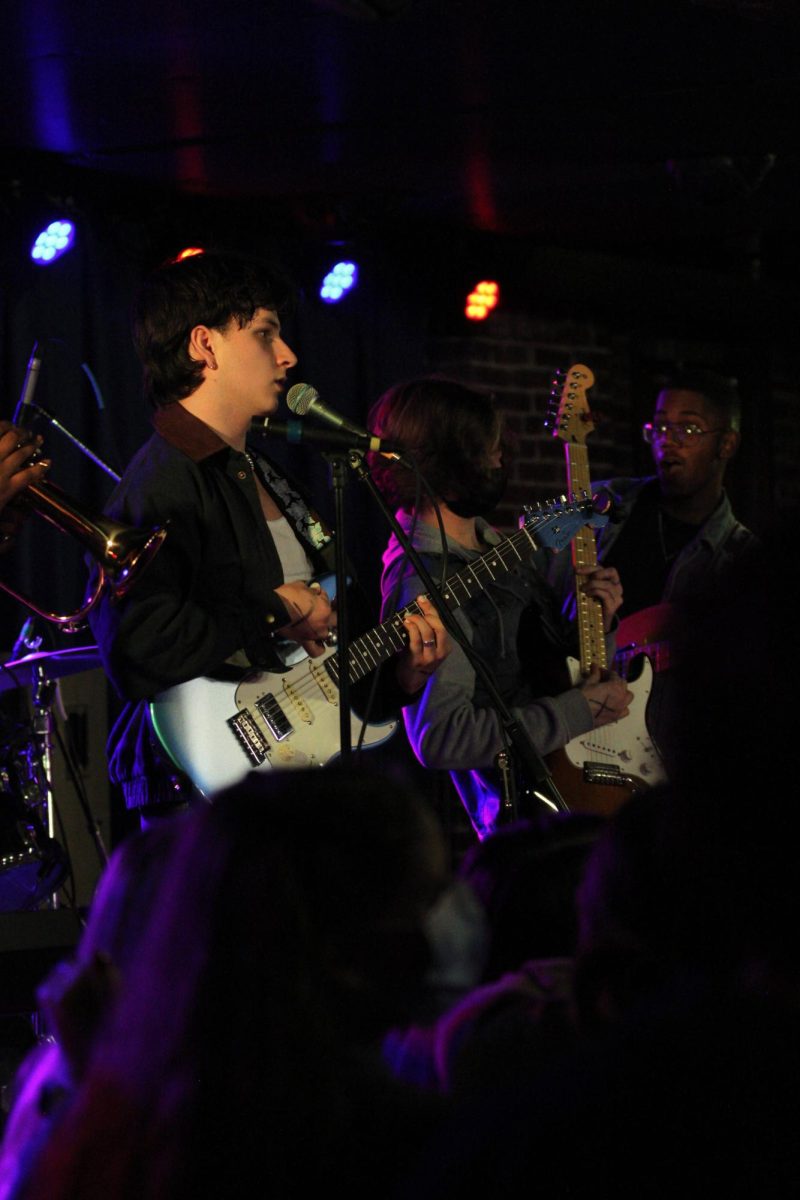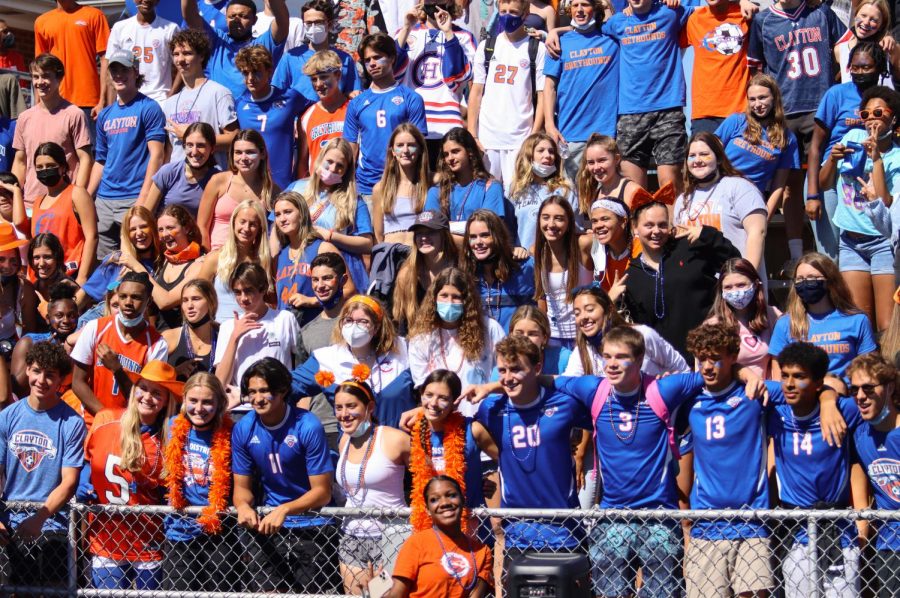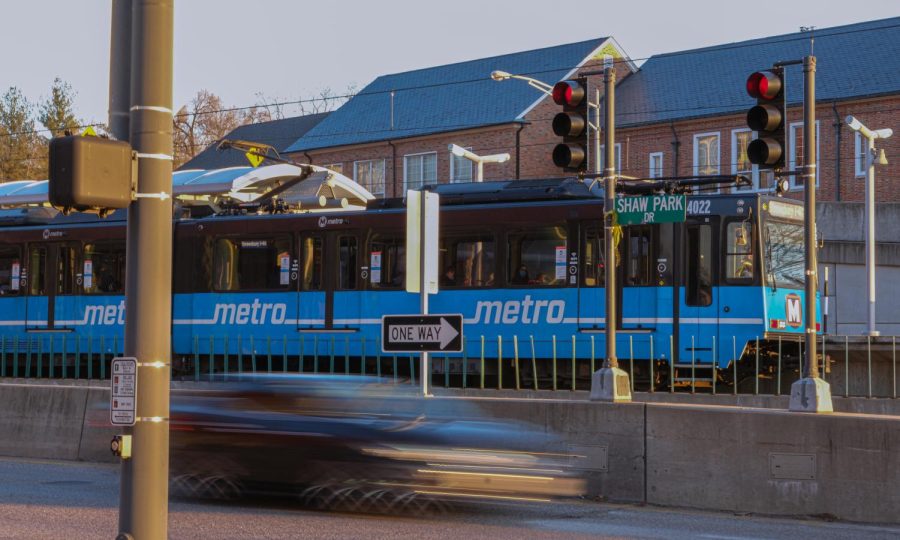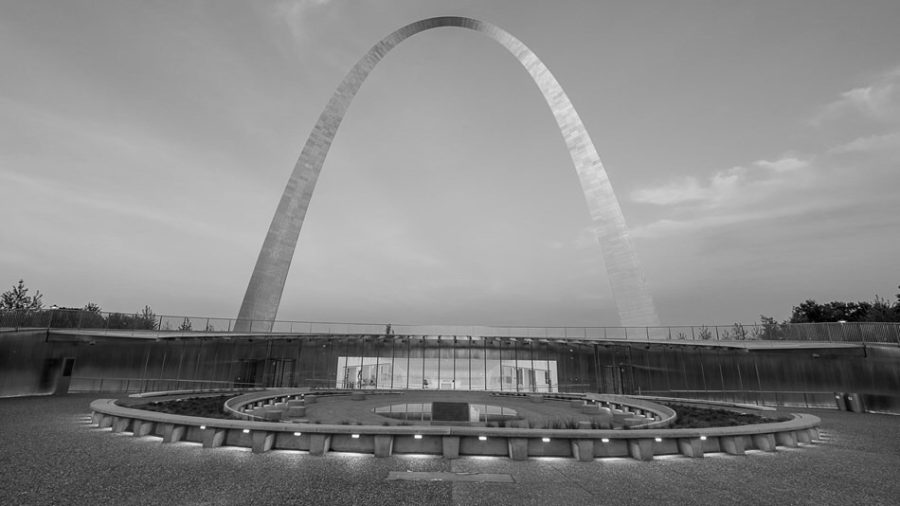St. Louis is a city divided. Â Rated the 6th most segregated city in America by a Business Insider examination, St. Louis is dramatically divided into areas of wealth and poverty and racial separation.
Despite the perpetual presence of the Clayton bubble, even this social issue hits our city of Clayton close to home: running almost 7.2 miles west from Downtown St. Louis to Olivette, Delmar Boulevard represents this drastic socio economic border.
The contrast between the north and south sides is stark, both visually and statistically: Â Million dollar mansions and crumbling brick houses are separated by a distance of two city blocks. Â The median household income north of Delmar is $18,000, compared to $50,000 on the Southern side. Â And, perhaps most significantly, Delmar represents a dramatic racial barrier. Â The southern side has a 73% white population while the northern side is 98% African American.
This racial division dates back nearly to the Civil War, when city officials created JeffVanderLou, a neighborhood north of Delmar, as a strictly African American residential area. Â Although laws have changed and the city has become more integrated, painful relics of this deliberate segregation remain.
Being a city on the Southern side of Delmar, Clayton is relatively protected from this social division.  To many students, Delmar is primarily associated with the Loop, an eclectic 2.2 mile stretch of historic establishments like Fitz’ Rootbeer or Blueberry Hill.
But beyond the commercial glow of the Delmar Loop, a much more concerning landscape begins to unfold. Â Poverty and wealth, side by side but nevertheless separated.
Of course, that is not to suggest that the Delmar division is a matter of black and white: there are areas of cultural and beautiful value on both sides. Â However, the socioeconomic contrast and cultural separation are far more defined than they should be.
In his photo essay, Globe Photo-Editor Noah Engel set out to record this division. Â From the Chase Park Plaza to an abandoned railway station, Engel conducts a visual comparison of this geographic dichotomy.
Engel’s result serves not to divide the two sides of Delmar.  Rather, by showing the similarities as well as the differences, he hopes to depict a common facet of St. Louis suburban life–and perhaps present a reason to bring both sides closer together.


